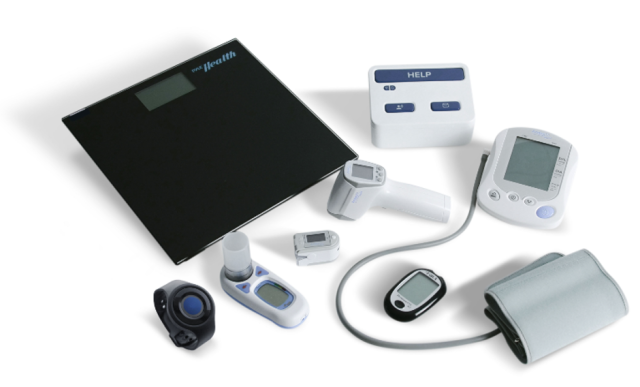
Forecasting Pandemics: Advanced Prediction Models
The emergence of sophisticated pandemic prediction models has revolutionized our ability to anticipate, prepare for, and respond to global health crises. This article delves into the intricacies of these advanced prediction models, exploring their significance, methodologies, and the impact they have on pandemic management.
Understanding the Significance of Prediction Models
Pandemic prediction models serve as invaluable tools in the realm of public health. Their significance lies in the ability to forecast the trajectory of infectious diseases, allowing authorities and healthcare professionals to implement proactive measures. By providing early warnings and insights into potential scenarios, these models contribute to more effective pandemic response strategies.
The Methodologies Behind Pandemic Prediction Models
Various methodologies underpin pandemic prediction models, each designed to capture different aspects of disease spread. Epidemiological models, which simulate the dynamics of infection within populations, are fundamental. Machine learning algorithms analyze vast datasets to identify patterns and predict disease trends. Integrating diverse methodologies enhances the accuracy and reliability of predictions.
Epidemiological Models: Simulating Disease Dynamics
Epidemiological models form the backbone of pandemic prediction. These models simulate the transmission dynamics of infectious diseases within populations. Factors such as population density, mobility, and immunity levels are considered to project how a disease might spread. Epidemiological models assist in assessing the potential impact of interventions and guide decision-makers in implementing targeted measures.
Machine Learning Algorithms: Analyzing Complex Data Patterns
Machine learning algorithms play a pivotal role in pandemic prediction by analyzing complex data patterns. These algorithms can sift through vast datasets, including demographic information, travel patterns, and healthcare data. By identifying subtle correlations and predicting potential outbreaks, machine learning contributes to a more nuanced understanding of pandemic dynamics and aids in early detection.
Integration of Real-Time Data: Enhancing Timeliness
The integration of real-time data into prediction models enhances the timeliness and accuracy of forecasts. By incorporating live data streams from sources such as healthcare systems, surveillance networks, and social media, models can provide up-to-the-minute insights. This real-time approach enables swift decision-making and intervention, especially in rapidly evolving situations.
Predictive Analytics for Hotspot Identification
Predictive analytics within pandemic prediction models are instrumental in identifying potential hotspots. These analytics assess various factors, including demographic characteristics, healthcare capacity, and environmental conditions, to pinpoint regions at higher risk of disease transmission. Hotspot identification allows for targeted resource allocation and strategic interventions to contain outbreaks.
Uncertainty and Sensitivity Analysis: Assessing Model Reliability
Uncertainty and sensitivity analysis are crucial components of pandemic prediction models. These analyses evaluate the robustness and reliability of predictions by considering various scenarios and input variations. Understanding the uncertainties associated with models helps decision-makers interpret predictions realistically and adapt strategies based on different potential outcomes.
Challenges and Limitations of Prediction Models
While pandemic prediction models have significantly advanced, they come with challenges and limitations. Factors such as incomplete data, evolving virus characteristics, and human behavioral changes can introduce uncertainties. Acknowledging these limitations is essential for maintaining a realistic perspective on the capabilities and potential inaccuracies of prediction models.
The Role of Prediction Models in Pandemic Preparedness
Prediction models not only forecast outbreaks but also play a pivotal role in pandemic preparedness. By simulating various scenarios, authorities can assess the effectiveness of different interventions, optimize resource allocation, and refine response strategies. The insights gained from prediction models inform preparedness plans and contribute to building resilient healthcare systems.
Future Developments: Advancing Predictive Capabilities
As technology evolves, the future holds promising developments in enhancing predictive capabilities. Advancements in data collection, artificial intelligence, and modeling techniques are expected to refine prediction models further. Continuous research and innovation in this field will contribute to more accurate, adaptable, and globally applicable pandemic prediction strategies.
In conclusion, pandemic prediction models stand at the forefront of our defense against emerging infectious diseases. Their significance in providing early warnings, guiding interventions, and shaping preparedness strategies cannot be overstated. By understanding their methodologies, addressing challenges, and embracing continuous advancements, we pave the way for a more resilient and proactive approach to global health crises.
Explore more about Pandemic Prediction Models at www.greencitizens.net





